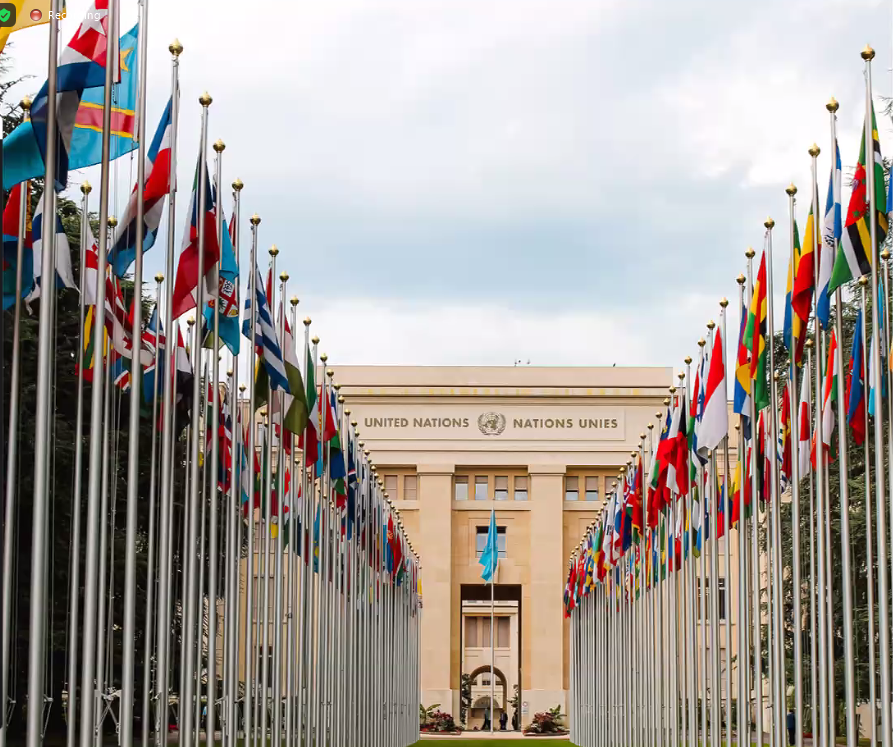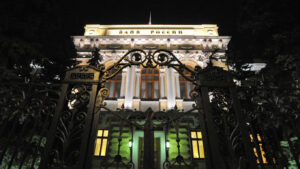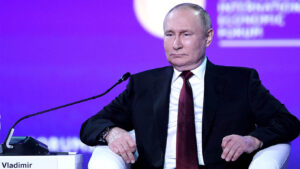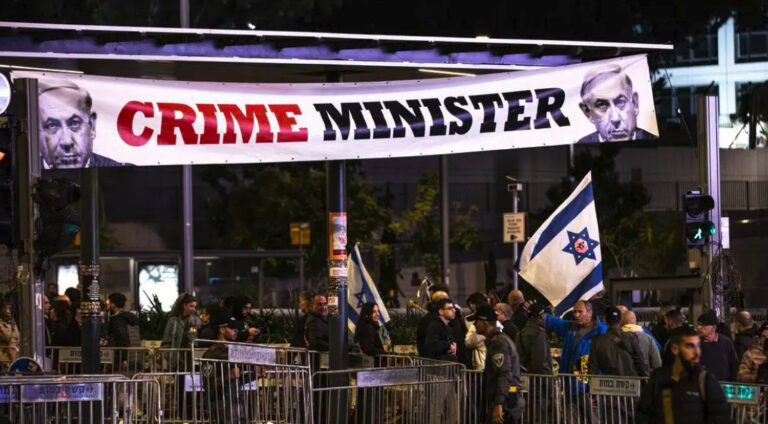
STRATEGIC ASSESSMENT. The European Union is stepping up work to confiscate the Russian-owned assets that have been frozen under EU sanctions and use them to finance the costly reconstruction of Ukraine. The plans, which include re-investing the international reserves of the Russian Central Bank, represent a challenge without precedent for the bloc and are ridden with legal risks and obstacles. “Russia must also pay financially for the devastation that it caused,” said European Commission Ursula von der Leyen.

The World Bank initially estimated the cost of reconstruction and recovery in Ukraine to be close to €350 billion, but the European Commission later put the figure around €600 billion. The number is expected to increase as the war goes on.
In the midst of an economic downturn, confiscating and selling frozen Russian assets has emerged as a potential avenue to raise money for the cash-strapped authorities in Kyiv. Although they can be periodically renewed, EU sanctions are always temporary, which means the assets will have to be eventually returned to their original owners. Before that happens, the Commission intends to establish a new framework to ensure confiscation becomes a solid, bulletproof solution to “make Russia pay,” as von der Leyen put it.

Since Russia launched the war in Ukraine, the bloc has blacklisted 1,241 people and 118 entities, the majority of whom are nationals from Russia and Belarus. In parallel with the confiscation plans, the European Commission has put forward several options to facilitate the international prosecution of the crimes committed by Russian forces in Ukraine, a task of similar difficulty that will require the endorsement of the United Nations.

The Russian assets frozen under EU sanctions are roughly divided into two main categories; Private assets held by individuals and companies, worth around €18.9 billion, including yachts, boats, helicopters, real estate, paintings and other artwork; Public assets held by state entities, namely the €300 billion of international reserves owned by the Russian Central Bank.

As of today, EU countries cannot confiscate private assets simply because they have been targeted under EU sanctions. They can, however, use a criminal conviction or a criminal association involving the owner in order to expropriate and sell off the property. Organised crime, money laundering, corruption, cybercrime, drug trafficking and terrorism are some of the offences that can be employed as a basis to justify the confiscation.
What to do with the €300 billion in reserves of the Russian Central Bank poses an even greater dilemma. Under international law, state assets enjoy immunity from execution. This means that, regardless of the changes the EU makes to its legislation, it will not be able to confiscate these reserves, which are spread across the bloc and other G7 countries.

In fact, the European Commission doesn’t consider these reserves to be “frozen,” like the lavish apartments owned by Russian oligarchs, but simply “immobilised” because the central bank cannot make use of them.
In the short term, Brussels intends to manage and invest the central bank’s reserves and re-direct the yearly proceedings into Ukraine’s reconstruction. It’s unclear how much of this money is liquid (and ready to be invested) and how much is located in EU countries.

Under the European Commission’s plan, unblocking the reserves will be directly linked to a peace deal between Russia and Ukraine and the payment of war reparations. But while ambitious on paper, the idea of managing the assets of a foreign country is highly complex, politically explosive and fraught with legal pitfalls.

The European Commission’s document provides the foundation for what is expected to be lengthy and intense conversations between EU states on how to move ahead with confiscation. Legal considerations will weigh heavily upon the debate, as the bloc is keen on preventing the confiscation from being challenged in court. A handful of individuals have been excluded from the list of EU sanctions after filing appeals contesting the decision.





